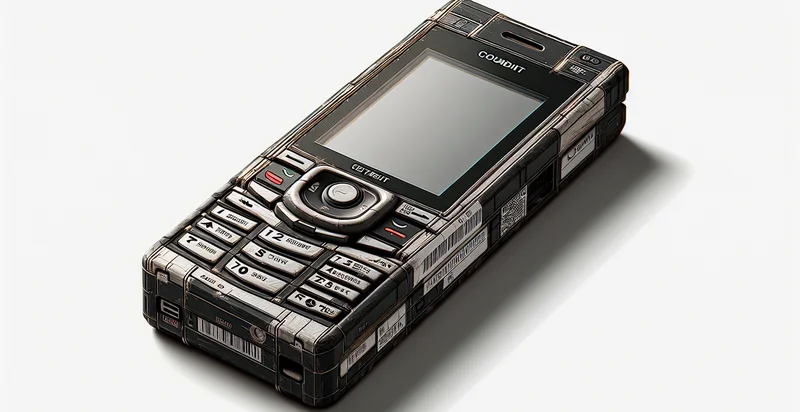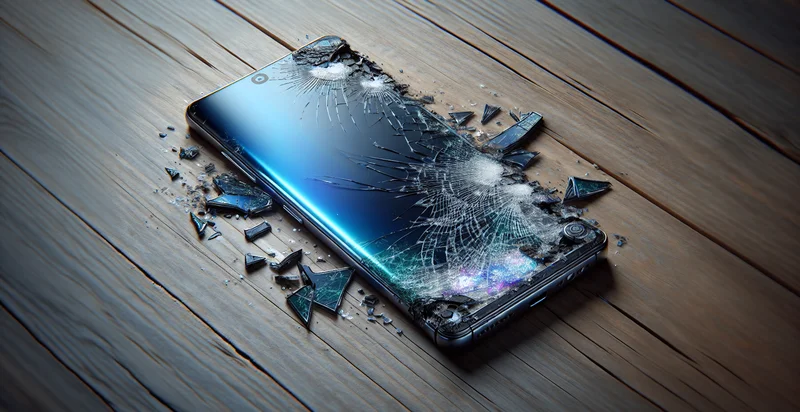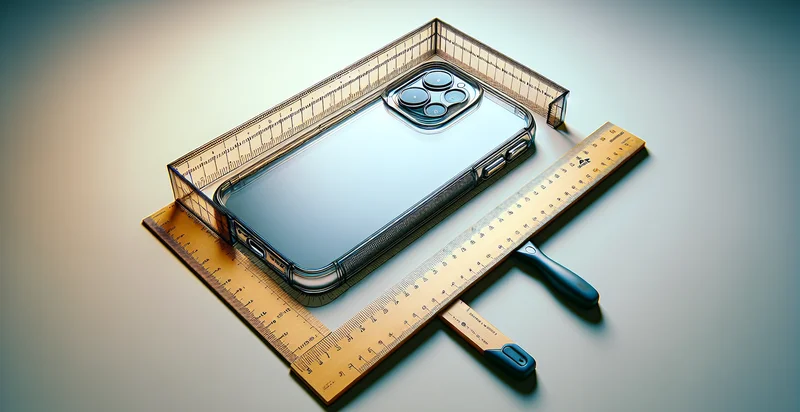Identify if a phone has a case
using AI
Below is a free classifier to identify if a phone has a case. Just upload your image, and our AI will predict if a phone has a case - in just seconds.

Contact us for API access
Or, use Nyckel to build highly-accurate custom classifiers in just minutes. No PhD required.
Get started
import nyckel
credentials = nyckel.Credentials("YOUR_CLIENT_ID", "YOUR_CLIENT_SECRET")
nyckel.invoke("if-a-phone-has-a-case", "your_image_url", credentials)
fetch('https://www.nyckel.com/v1/functions/if-a-phone-has-a-case/invoke', {
method: 'POST',
headers: {
'Authorization': 'Bearer ' + 'YOUR_BEARER_TOKEN',
'Content-Type': 'application/json',
},
body: JSON.stringify(
{"data": "your_image_url"}
)
})
.then(response => response.json())
.then(data => console.log(data));
curl -X POST \
-H "Content-Type: application/json" \
-H "Authorization: Bearer YOUR_BEARER_TOKEN" \
-d '{"data": "your_image_url"}' \
https://www.nyckel.com/v1/functions/if-a-phone-has-a-case/invoke
How this classifier works
To start, upload your image. Our AI tool will then predict if a phone has a case.
This pretrained image model uses a Nyckel-created dataset and has 2 labels, including Has Case and No Case.
We'll also show a confidence score (the higher the number, the more confident the AI model is around if a phone has a case).
Whether you're just curious or building if a phone has a case detection into your application, we hope our classifier proves helpful.
Related Classifiers
Need to identify if a phone has a case at scale?
Get API or Zapier access to this classifier for free. It's perfect for:
- Retail Inventory Management: Retailers can use the image classification function to automatically determine whether phones in their inventory are being sold with cases. This can aid in inventory audits, ensuring accurate stock levels are maintained and enabling better sales strategies through identifying popular combinations of phones and cases.
- E-commerce Product Listings: E-commerce platforms can implement the function to enhance product listings by automatically tagging items that come with phone cases. This ensures customers are informed about bundled offerings and enhances search filtering options to improve user experience when shopping.
- Insurance Claims Processing: Insurance companies can apply this classification function to assess claims involving damaged phones. By confirming whether a phone was in a case at the time of damage, insurers can streamline claim evaluations and mitigate fraudulent claims.
- Mobile Device Recycling Programs: Organizations involved in mobile recycling can utilize this classification to evaluate the condition of returned devices. Knowing if a phone has a case can help in determining resale value and processing requirements, thereby optimizing refurbishment efforts.
- Marketing Campaigns: Marketing teams can leverage this function to analyze consumer behavior and preferences regarding phone protection accessories. By understanding the relationship between phone cases and device purchases, targeted campaigns can be developed to encourage sales of complementary products.
- User Experience Research: App developers and user experience researchers can use this function to study how users interact with their devices. By assessing whether users keep their phones in cases, researchers can glean insights into user behavior and preferences that inform design decisions for future applications.
- Warranty Validation: Phone manufacturers can incorporate this image classification into their warranty services to verify whether devices have been used with appropriate protection. This can help them enforce warranty terms more effectively while promoting the use of protective cases among consumers.


